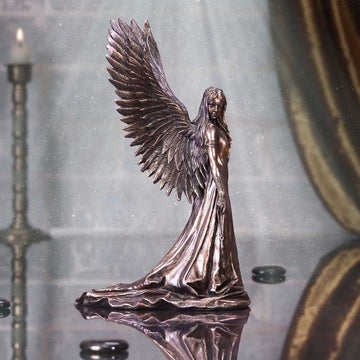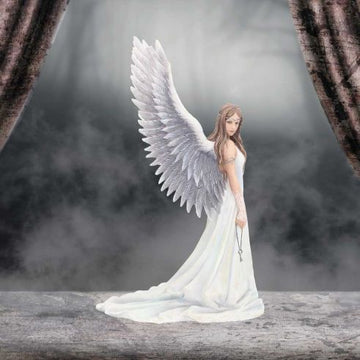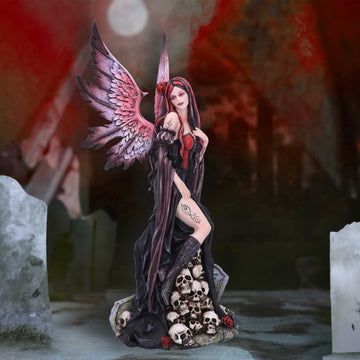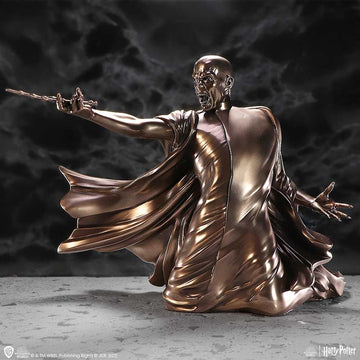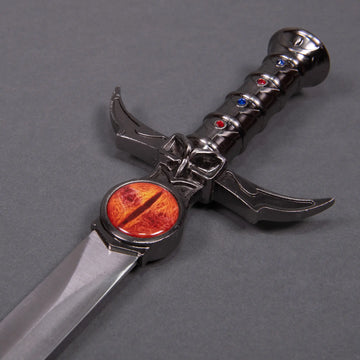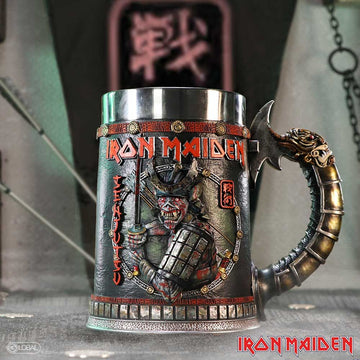Betty Boop—a name that instantly brings to mind the glitz and glamour of the 1930s, with her flapper dresses, jazz tunes, and that unmistakable wink. But beyond the bubbly persona, have you ever wondered if she was more than just an animated figure? Some see Betty Boop as a reflection of her time, a symbol of fun and freedom. But could it be that she was also an early feminist icon? After all, she danced through an era when women were beginning to question societal norms, and Betty—though animated—challenged many of those same expectations. Ready to delve into her history and legacy? Let’s find out if Betty Boop was a trailblazer for women’s rights or simply a product of the male gaze!
The Origins of Betty Boop
Betty Boop was created by Max Fleischer, one of the pioneers of animation, in 1930. Her first appearance was as a supporting character in a series of short films, and she was initially drawn as a hybrid between a human and a dog—yes, you read that right! Eventually, she was reimagined as a fully human character, becoming the Betty Boop we know today. We all know from Betty Boop Figurines her wide eyes, short curls, and we can't that unmistakable high-pitched voice, Betty quickly became a symbol of the Roaring Twenties’ flapper era.
-
Flapper Fashion and Culture:
Betty’s iconic look is undeniably rooted in the flapper aesthetic of the 1920s. Short dresses, bobbed hair, and a carefree attitude toward life and love—she represented the women who broke away from the restrictive fashions and behaviours of earlier generations. Flappers were seen as rebellious, and Betty, in her own way, embodied that spirit of liberation. -
The Evolution of Betty Boop:
Starting as a side character, Betty soon gained enough popularity to earn her own series. She wasn’t just a background character anymore; she was a leading lady. This transition signified something important—Betty wasn’t just a pretty face, she was a character with agency, navigating a world where her charm and wit often outsmarted the male figures around her.
Betty Boop and Gender Norms in the 1930s
During the 1930s, gender roles were still rigid, especially in the media. Women were often portrayed as secondary to men, either as dutiful wives or objects of desire. But Betty Boop was different. While she was undoubtedly sexualised, she also defied many of the expectations placed on women at the time.
-
Challenging Traditional Gender Roles:
Betty Boop didn’t fit neatly into the categories of a ‘good girl’ or a ‘bad girl.’ She was an independent woman, living alone, working, and making her own choices. In several of her cartoons, Betty could be seen turning down suitors, setting boundaries, and showing that she was more than just her appearance. This level of independence in female characters was rare at the time and certainly challenged the norms. -
Sexuality and Femininity:
Yes, Betty Boop was sexualised—there’s no denying that. With her short skirts and coquettish nature, she was often placed in situations where her sexuality was on full display. However, some argue that Betty used her sexuality as a tool for empowerment rather than submission. She was confident in her body and her femininity, which was revolutionary for a time when women’s sexuality was often suppressed or hidden away. -
Independence and Freedom:
Betty Boop worked, she socialised, and she didn’t rely on a man to define her. In an era when women were expected to marry young and focus on home life, Betty represented a different kind of woman—one who valued her freedom and independence. Her character’s choices reflected the burgeoning idea that women could have lives outside of traditional roles, something that was still considered radical.
How Betty Boop Challenged Patriarchal Standards
Betty Boop wasn’t just a character who existed within the male-dominated world of 1930s animation—she actively challenged it. Whether it was through her assertive behaviour or her refusal to let men dictate her actions, Betty stood up against the patriarchal standards of her time.
-
Control Over Her Own Image:
One of the most striking aspects of Betty Boop’s character is that she was often in control of how she was perceived. She wasn’t just a passive object for male admiration; she used her appearance and charm to her advantage. In several cartoons, Betty would playfully flirt with male characters, only to outwit them when they attempted to take advantage of her. In this sense, Betty flipped the script—using her beauty not as a means of submission, but as a tool of empowerment. -
Standing Up to Male Authority:
Throughout her series, Betty often found herself in situations where male figures tried to dominate or control her. In these moments, Betty didn’t cower or submit; she stood up for herself. Whether it was rejecting unwanted advances or outsmarting authority figures, Betty’s character consistently pushed back against the notion that men were inherently in charge. This was a powerful message at a time when women’s voices were still largely silenced. -
Comparisons to Real-Life Feminists:
Betty Boop’s independence and resilience draw clear parallels to the women’s rights activists of the time. Figures like Alice Paul, who fought for the Equal Rights Amendment, and Clara Bow, the real-life "It Girl" of the 1920s, embodied similar values. These women—and Betty—represented a new wave of feminism that emphasised personal freedom, self-expression, and defiance of societal expectations.
Criticisms of Betty Boop as a Feminist Icon
Despite all of this, not everyone agrees that Betty Boop is a feminist icon. In fact, there are several criticisms that challenge the idea that she was a symbol of empowerment.
-
Was She Truly Empowering?
Some argue that Betty’s sexualisation ultimately undermined her potential as a feminist figure. After all, she was created by men and largely served as an object of male desire. While she may have been independent and confident, her portrayal often reinforced the notion that a woman’s value lay in her looks and sexual appeal. This has led some to question whether Betty was really empowering or simply a reflection of the male fantasy. -
Racial and Cultural Insensitivity:
Another criticism of Betty Boop’s legacy lies in the problematic aspects of her early cartoons, particularly in relation to racial stereotypes. Some of Betty’s early portrayals included offensive caricatures and elements that haven’t aged well. While this doesn’t necessarily detract from her role as a potential feminist icon, it complicates the conversation around her legacy. -
A Product of Male Creators:
Lastly, it’s important to acknowledge that Betty Boop was created by men—Max Fleischer and his team. This raises questions about the extent to which her character can be seen as genuinely empowering. If Betty’s independence and sexuality were shaped by male creators, does that limit her feminist potential? Or does it speak to the complexity of female representation in media, even today?
Betty Boop's Enduring Influence on Pop Culture and Feminism
Whether or not you view Betty Boop as an early feminist icon, there’s no denying her lasting impact on both pop culture and feminist thought. Over the years, Betty has been embraced by feminists and reinterpreted in ways that highlight her independence, confidence, and ability to challenge norms.
-
Her Legacy:
Betty Boop’s legacy lives on, not just as a symbol of the 1930s but as an enduring figure in discussions of women’s empowerment. Modern feminists have reappropriated Betty’s image, focusing on her confidence and independence rather than her sexualisation. Today, she is celebrated not only as a pop culture icon but as a character who, in her own way, pushed back against the restrictions of her time. -
Reappropriating Betty:
Over the years, feminist scholars and pop culture enthusiasts have reinterpreted Betty Boop’s character. While her creators may have sexualised her, many modern feminists see her as a symbol of female empowerment, noting how she used her looks and charm to subvert male expectations. In this sense, Betty has become a figure of reappropriation—taking an object of male desire and turning her into a symbol of female agency. -
Influence on Contemporary Female Characters:
Betty’s influence can be seen in countless modern female characters in animation and media. From the assertiveness of Jessica Rabbit to the sass of modern cartoon heroines like Tina Belcher, Betty’s legacy lives on in characters who balance femininity, independence, and empowerment.
So, was Betty Boop an early feminist icon? The answer is complicated. While she certainly broke new ground in how women were portrayed in media, her legacy is not without its criticisms. Whether she’s viewed as a subversive figure or a product of male fantasies, Betty Boop’s influence on pop culture and feminism is undeniable. She may not have been a perfect feminist icon, but she planted seeds of empowerment, independence, and freedom in the animated world—ideas that continue to evolve today.
